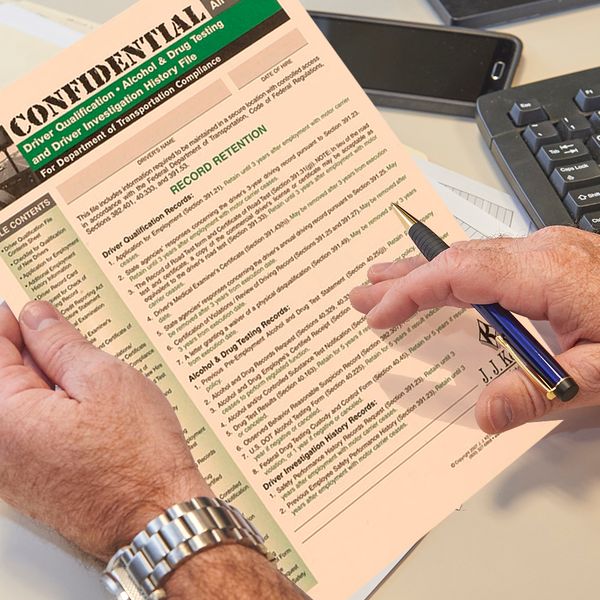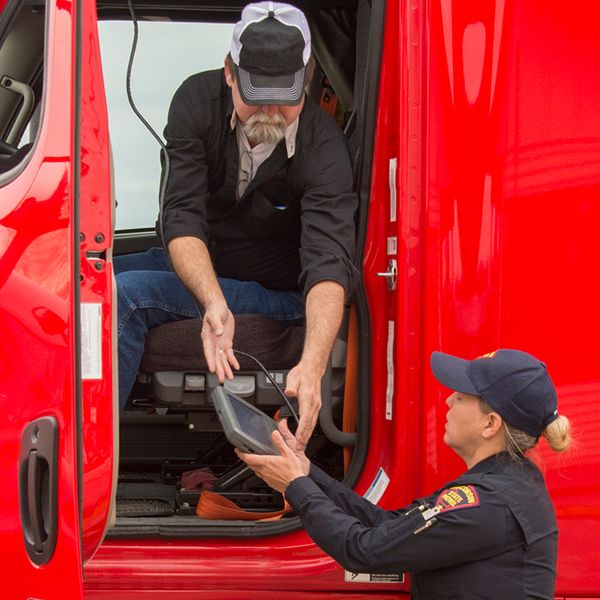MVRs can drive down risk and improve safety
The road to safer highways is paved with data, and MVRs often provide carriers information that can identify risky drivers before an accident occurs.
A driver’s motor vehicle record (MVR) is part of the driver qualification process, and a motor carrier is required to request an MVR when hiring an operator of a commercial motor vehicle (CMV), and annually thereafter. The Federal Motor Carrier Safety Regulations (FMCSRs) do not dictate standards when reviewing the MVR but at minimum, the carrier must ensure the driver is properly licensed for the vehicle assigned.
What is acceptable on an MVR?
Motor carriers should create a policy to identify which traffic citations and crashes are unacceptable based on company standards. The policy should address both driver candidates and existing drivers. If a driver does not meet the standards, specific actions should be outlined in the policy.
The regulations indicate that the carrier must consider any evidence that the driver has violated safety or hazmat regulations. Furthermore, the regulations say that “great weight” must be given to speeding, reckless driving, and DUIs, which may indicate that the driver has exhibited a disregard for the safety of the public.
| Click here for information on distracted driving awareness |
Consider a committee approach
A committee approach with safety, operations, and linehaul is considered best practice when reviewing MVRs. One member of the qualification team should be an expert on interpreting MVR codes of individual states, and that can be invaluable to avoid missing, critical information.
Carriers also work with their insurance providers to create the policy when determining the standards. Often MVRs are scored, placing a severity value on traffic citations and crashes. If a driver exceeds a predetermined limit, the policy dictates a specific action on the part of the carrier (e.g., no longer in consideration for position, coaching, discipline).
If a driver is involved in a high-profile crash, poor driving history (even if licensed at the time) may result in claims of negligent entrustment, meaning the carrier should have known the driver was a danger on the road. During litigation, a plaintiff attorney will focus on the MVR review process, especially if there were warning signs that should have been identified.
Request MVRs more frequently
The annual MVR is the minimum driving history that a motor carrier is obligated to request. The carrier is permitted to request full MVRs more often or use an alert system which notifies users whenever something changes on a driving record (e.g., new med card, speeding ticket, etc.). Using a third-party service to monitor driving records to alert carriers to changes is also an option that has become more popular in recent years.
For an existing employee, the consequences of the policy don’t always have to be termination. Refresher training, coaching, or some other safety management control may help get the driver back on track. When a motor carrier learns of an unsafe driving practice, it’s a common practice to coach the driver so it doesn’t become a pattern.
Key to remember: Carriers should use the MVR process to identify and correct high risk behaviors from potential and current drivers.


















































